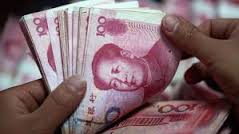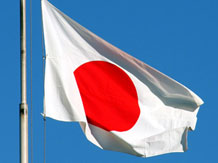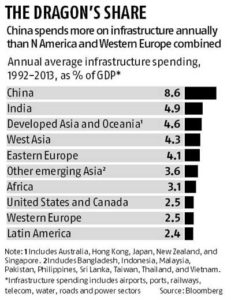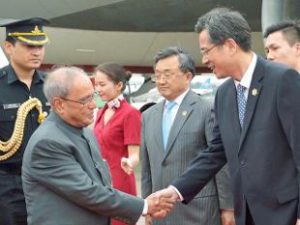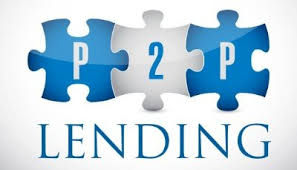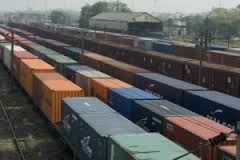 India’s logistics performance at its key international gateways has improved in the last two years, according to a World Bank report released on Tuesday.
India’s logistics performance at its key international gateways has improved in the last two years, according to a World Bank report released on Tuesday.
In the World Bank’s biennial measure of international supply chain efficiency, called Logistics Performance Index, India’s ranking has jumped from 54 in 2014 to 35 in 2016.
While Germany tops the 2016 rankings, India is ahead of comparatively advanced economies like Portugal and New Zealand. In 2016, India’s international supply chain efficiency was at 75% of top-ranked Germany, said the report titled Connecting to Compete: 2016 Trade Logistics in the Global Economy. This is an improvement over the 66% efficiency when compared to the leader (again Germany) in 2014.
Better performance in logistics will not only boost programmes, such as Make in India, by enabling India to become part of the global supply chain, it can also help increase trade. In 2015-16, India’s foreign trade shrank by around 15%.
The Logistics Performance Index analyses countries across six components: efficiency of customs and border management clearance, quality of trade and transport infrastructure, ease of arranging competitively priced shipments, competence and quality of logistics services, ability to track and trace consignments, and the frequency with which shipments reach consignees within scheduled or expected delivery times.
It is computed from the survey responses of about 1,051 logistics industry professionals.
Programmes, such as Make in India, and improvements in infrastructure have helped India improve its logistical performance, said Arvind Mahajan, partner and national head (energy, infrastructure and government) at KPMG India, a consultancy. He also said that the emergence of skilled professionals and technological improvements that have enabled services such as track-and-tracing have helped India close the gap with leaders.
That said, Logistics Performance Index does not address how easy or difficult it is to move goods to the hinterland. For that, World Bank has another measure—a domestic LPI which analyzes a country’s performance over four factors: infrastructure, services, border procedures and supply chain reliability.
While not all yardsticks are comparable across countries, there are some which show that India still has some way to go.
For instance, only 69% of shipments from India meet the quality criteria, compared to 72% for China and 77% for Kenya. On the other hand, it takes two and three days to clear shipments, without and with inspection, respectively—numbers comparable to China but longer than what it takes in top-ranked Germany.
Similarly, India has an average of 5 forms required for import or export, compared to 4.5 for China and 2 for Germany.
In this regard, the Goods and Services Tax (GST) has the potential to revolutionize the transport industry in India, said Capt. Uday Palsule, former managing director of Spear Logistics Pvt. Ltd. “Inter-state travel time will be drastically reduced if the hurdle of checking documents at every state border is done away with,” he said. It will also help boost the returns of the trucking industry and feed into better performance of the logistics sector, added Palsule.
